Once you start gardening, you simply can’t stop! The propagation of plants can prevent your wallet from suffering and continue to keep your garden growing. Here’s what you need to know about plant propagation.

What is Plant Propagation?
Plant propagation is an easy and affordable way to get more plants. Essentially, propagation is taking a part of an existing plant and growing it into a new plant. While this method helps create more plants, it can also save the healthy part of a dying or diseased plant.
There are a couple of ways of classifying propagation. Sexual propagation uses the floral parts of a plant and takes the genes of the parent plants to create a new one. This includes growing through seeds or spores. Asexual propagation is when you take a parent plant and force it to regenerate into a new plant. Essentially, you’re cloning the plant, which is done using the vegetative parts of the plant, such as the stems, roots, and leaves.
This is the main type of propagation I will focus on today: propagation by cuttings. If you are interested in the other method, read all about seed starting here.

What Are the Different Types of Propagation?
If you want more plant babies, buckle up because there are a ton of ways you can get them! Let’s break down the basics of each method for the propagation of plants.
Seeds
Everyone knows this one. This is one of the only forms of sexual propagation and is most common with annuals and vegetables. Shrubs, perennials, and trees can be more difficult to grow from seed for the beginner gardener.
Crafty gardeners may collect their own seeds from their existing garden or you can purchase seeds from a seed catalogue, online, or at your local garden centre.
Read: The Ultimate Seed Starting Guide
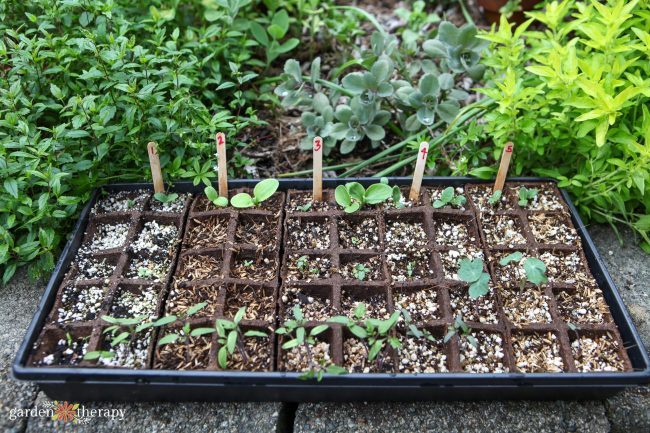
Cuttings
Probably the most well-known asexual propagation method, cuttings work best for both woody and herbaceous plants.
Stem cuttings are taken from existing plants and rooted in either soil or water to create new roots.
Leaf cuttings are when a single leaf is needed to sprout a new plant. This method is most often used for specific indoor plants.
When taking garden cuttings, there are a few different types of cuttings that certain plants prefer.
- Herbaceous cuttings are taken from non-woody plants such as coleus or dahlias. (Yes, you CAN propagate dahlias from cuttings!)
- Softwood cuttings come from the brand new growth of woody plants. Most often cut in the spring, they are tender and prone to drying out.
- Semi-hardwood cuttings are taken from partially mature wood growth. It will have mature leaves and will not be as flimsy or tender as softwood cuttings. They are taken from early summer to early fall.
- Hardwood cuttings come from dormant and mature stems. Completely firm, there are no signs of active growth. These cuttings are taken in late fall, winter, and early spring.
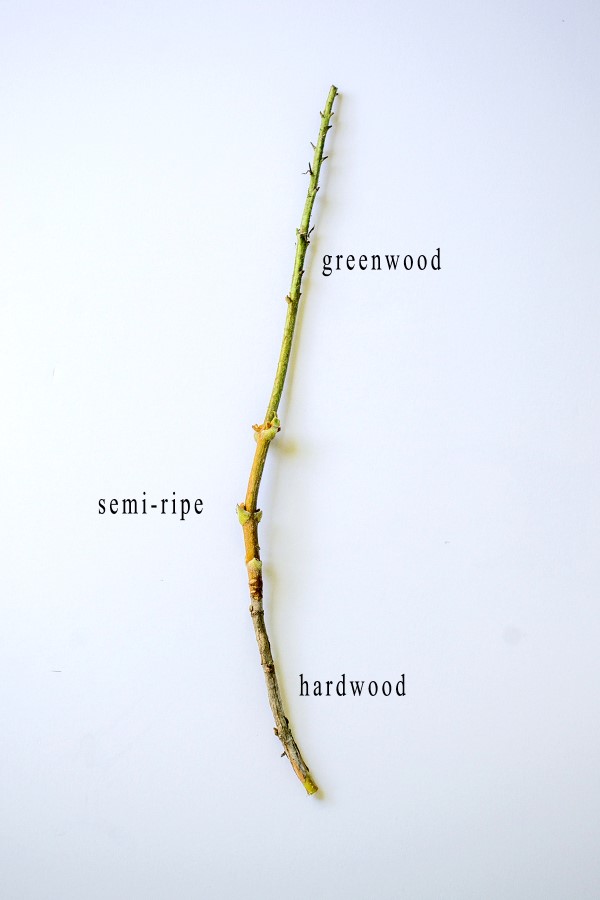
Dividing
Dividing is a great method for propagating well-established and overcrowded plants by splitting a plant into small sections. Some plants will have obvious offshoots, while others may be a crowded root ball.
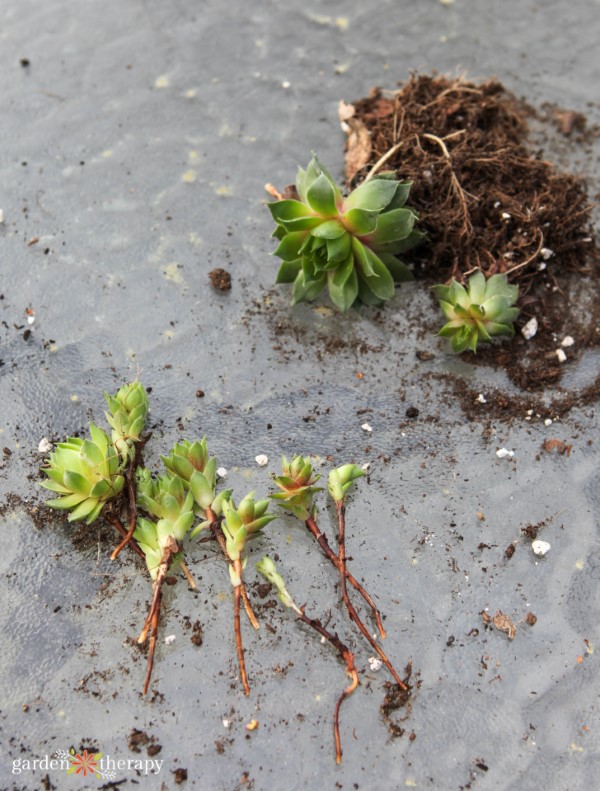
Layering
The layering method for propagating plants requires you to root part of a plant before you cut it. This is often done by bending a branch to the ground, layering soil on top, and then anchoring the branch to the ground.
The plant will then root in the new section under the soil. Once it has rooted, it can be cut and separated as an individual plant.
Air layering is another more advanced method. It involves splitting the stem, filling it with wet sphagnum moss, and waiting for roots to peek their way through.
Grafting
Propagation by grafting is when you take a cutting of a parent plant and attach it to the seedling or rootstock of the same species. The two plants will become one, with the parent plant being the top and the seedling becoming the bottom of the plant.
Another advanced propagation method is grafting, which is often to control the size of trees. For instance, a dwarf rootstock of a Japanese Maple or Espalier fruit tree keeps the tree’s mature height at the max height of the rootstock. Then, the branches can produce the leaves and fruit of the grafted stock.
Read more about grafting Japanese Maples and Espalier Fruit Trees.
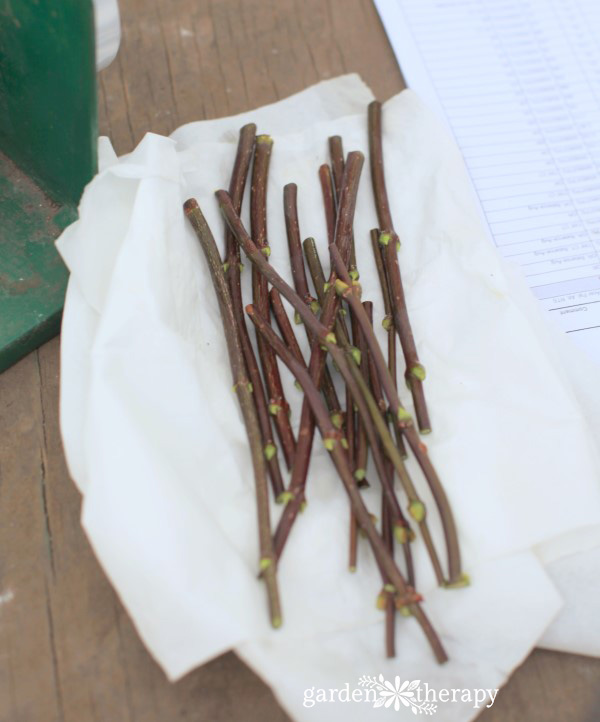
What is the Most Common Method of Plant Propagation?
The average gardener uses seeds, stem cuttings, and division for the propagation of plants. They are easy to do and most plants can be propagated using these methods.
Layering and grafting are trickier methods that are often only done by more experienced gardeners and plant enthusiasts.
How to Propagate Plants
While there are many methods for propagating plants, these are the basics for propagating plants:
Soil Propagation
You can take your plant cuttings and place them directly in the soil. To make your cutting, cut just a low node, the point where the leaf and stem attach. This is where the new roots will grow from. This cutting should be 2-6 inches in length and taken only from healthy parts of a plant.
To plant your cutting, poke a hole in the soil using a pencil or your finger, dip in willow water rooting hormone, and stick the cutting in. Pack the soil and provide support if necessary. Once you give the plant a gentle tug and it resists, it has rooted.
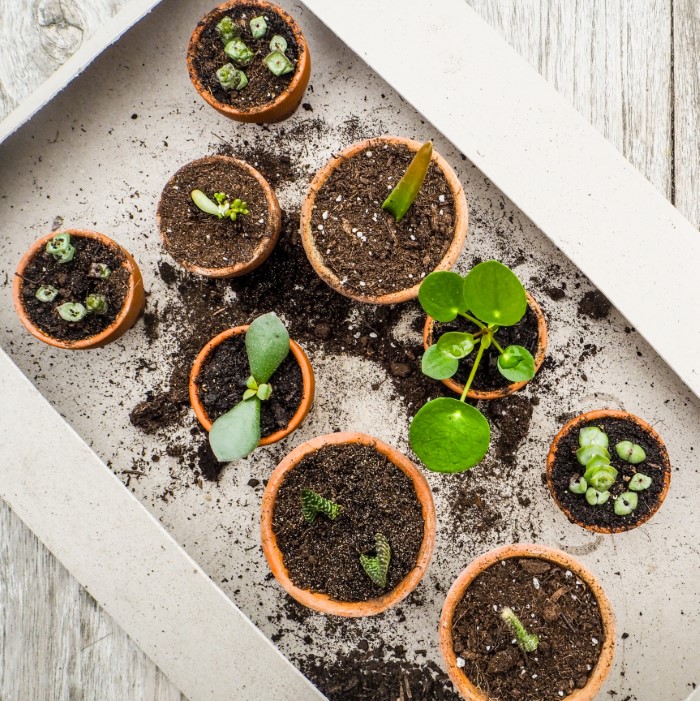
Propagating in Water
Propagating in water sometimes feels like a fun science experiment. You get to watch the roots grow and see you helped create new life!
You can propagate in water using cuttings by taking a cutting, letting it soak in water, and watch as the roots develop. When using water propagation, ensure no leaves are underwater by trimming any bottom leaves as necessary.
Once the roots are around an inch long, transplant your new seedling into soil.

Division
To divide, you will take a large, clump of a plant and divide it into new ones. Dig up the root ball of a plant or remove it from its container. Gently remove excess soil to inspect the roots.
Look for natural separation of the plant and carefully pull apart sections with your hands. Difficult plants may require a soil knife.
Make sure each section has adequate roots, bulbs, or tubers in order to survive. Repot your divisions and you’ve got double the plants!
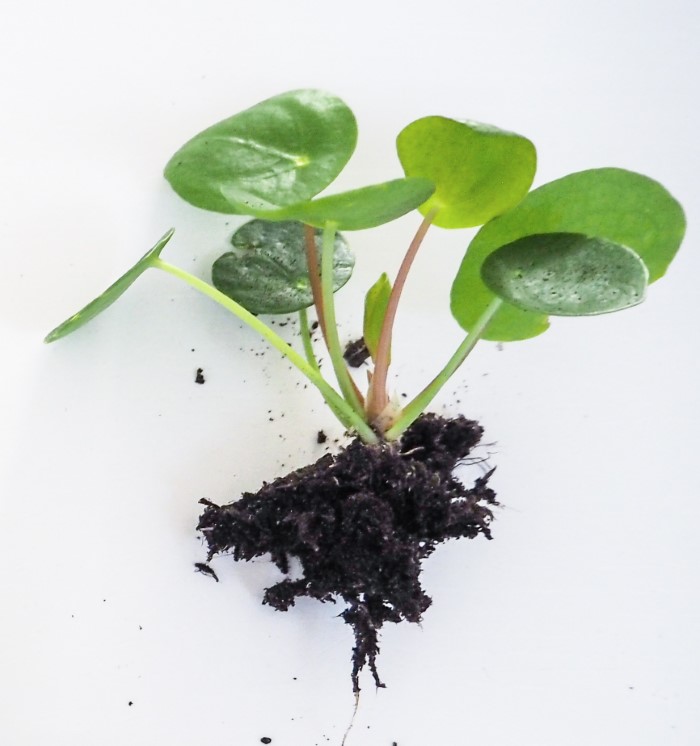
What Tools Do You Need to Propagate a Plant?
To make your cuttings, you will want to have a sharp blade or pair of pruners. Before making any cutting, you want to sanitize the blade with either rubbing alcohol or diluted bleach.
A propagation station is also a great addition – this is a dedicated space to propagate your plants in the home. This way, you can care and check on any cuttings easily. A water propagation station should have a narrow spout so the leaves don’t slip underwater and clear glass so you can check on the roots.
For soil propagation, you will need good quality potting soil to ensure the plant has enough nutrients and air circulation to root successfully. A rooting hormone can help to encourage the growth of roots for cuttings being rooted in soil.
You can use seedling trays for lots of cuttings or individual pots when propagating one at a time.
A soil knife may be necessary for dividing plants that have entangled roots and don’t want to come apart.
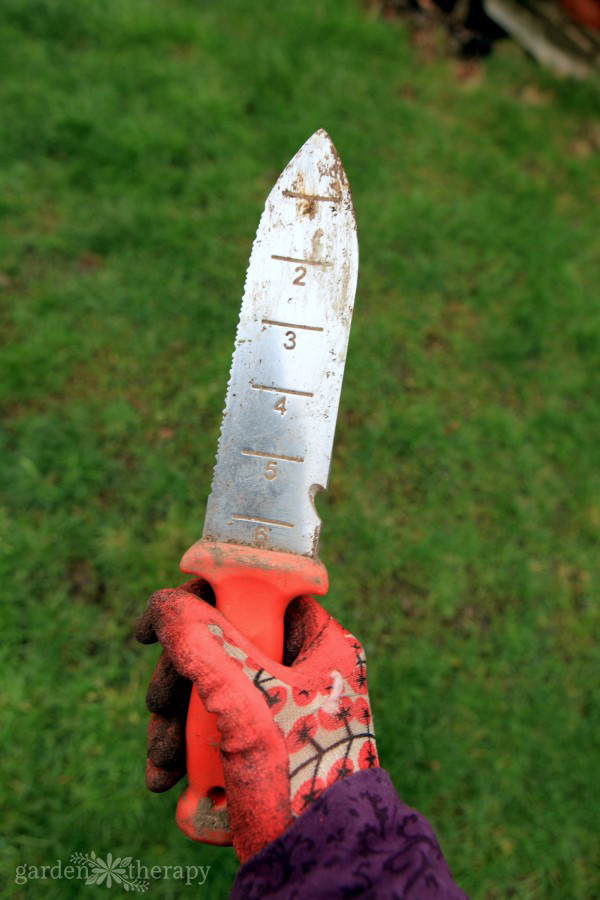
Is It Better to Propagate in Water or in Soil?
Some plants are incredibly versatile and easy to grow and will approve of multiple propagation methods. Other plants can only happen from one.
In my experience, water propagation is the easiest, fastest, and most fun to watch. You know exactly where your plants are in the propagation process. Water propagation is good for indoor plants and other herbaceous plants.
However, not all plants can grow through water – especially woody plants. Most plants will develop a better root system in soil and have a higher success rate. Plants made through water propagation sometimes don’t transplant to soil well.
When it comes down to it, it’s up to the plant. All of them have different preferences for propagating, and it is best to research your specific plant.
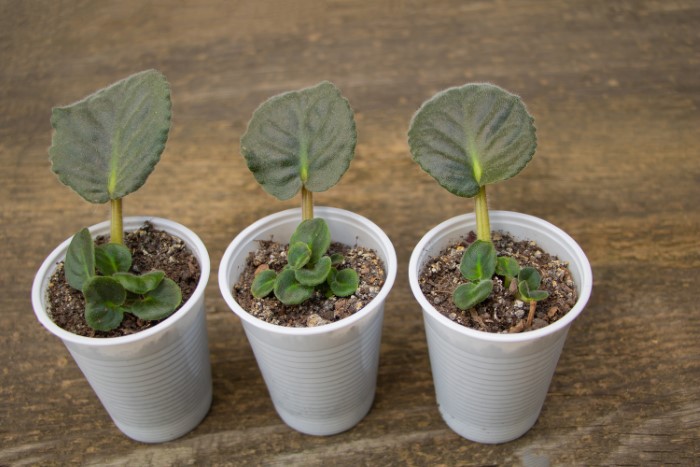
Special Guides to Propagating
Here at Garden Therapy, I have done plenty of research on different methods of propagation for specific plants. Here are some more specialized guides you can check out:
- Lavender Propagation using cuttings and soil propagation
- Hydrangea Propagation using softwood cuttings and soil propagation
- Four Methods for Propagating Houseplants
- Three Methods for Orchid Propagation
- Dividing Succulents
- African Violet Propagation through leaf cuttings
- How to Propagate Herbs
- Willow Water DIY Rooting Hormone Recipe
- Clematis Propagation through stem cuttings
- Dividing Perennials
- Grafting a Japanese Maple




I have 3 stems from a vanilla orchid plant. I am attempting to propagate them in a glass jar of water, is that incorrect ? They have only been in the water for 2 days so I hope to hear back soon. I don’t want to lose them. Thank you
JoDean